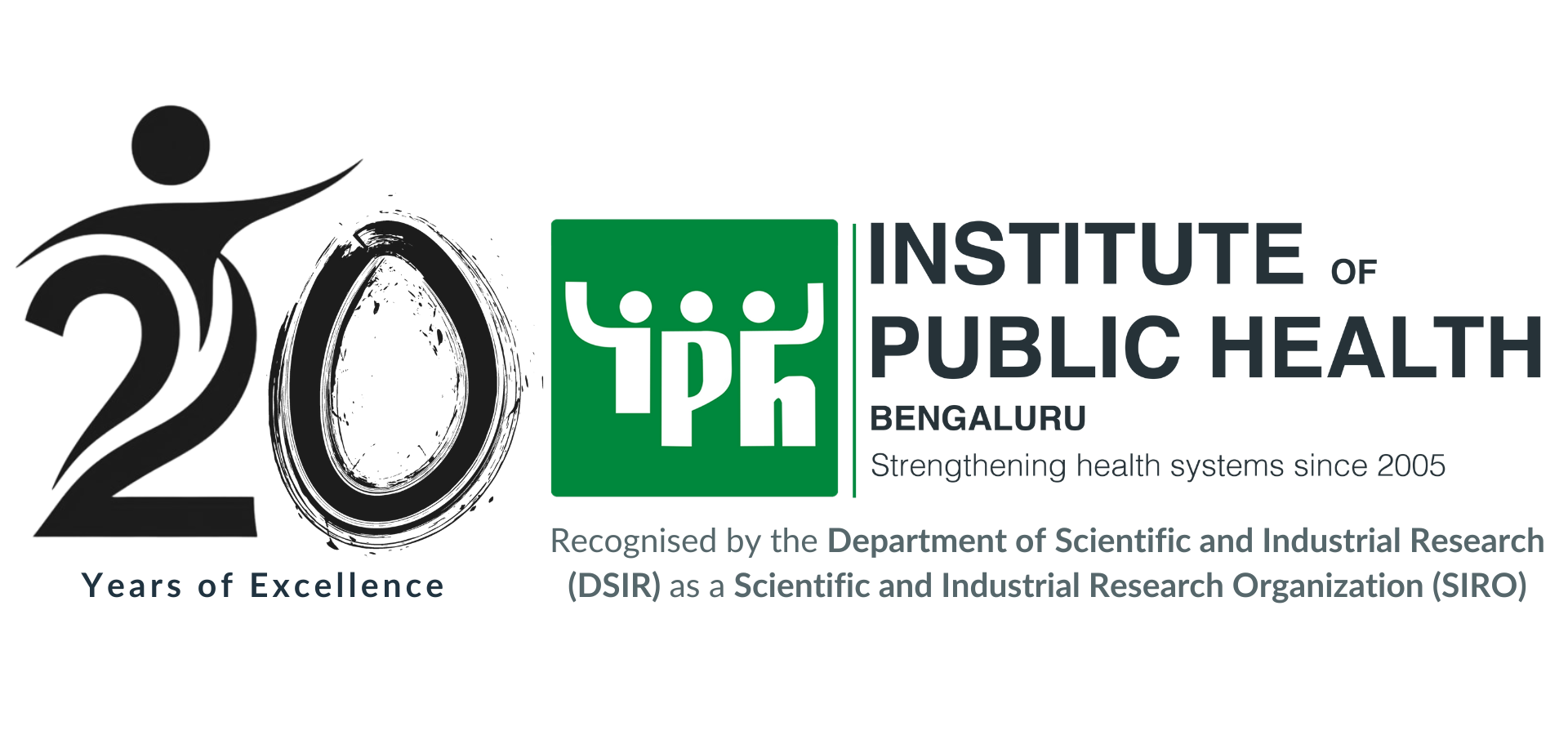
Intervening in the local health system to improve diabetes care: lessons from a health service experiment in a poor urban neighborhood in India
Many efficacious health service interventions to improve diabetes care are known. However, there is little evidence on whether such interventions are effective while delivered in real-world resource constrained settings. In order to generate such knowledge, we evaluated an intervention aimed at improving diabetes care using the RE-AIM (reach, efficacy/effectiveness, adoption, implementation, and maintenance) framework.The intervention included provision of culturally appropriate education to diabetes patients, use of generic medications, and standard treatment guidelines for diabetes management.
We conducted a quasi-experimental study in a poor urban neighborhood in South India where four health facilities delivered the intervention and the four matched facilities served as control. Patients were surveyed before and after the six-month intervention period. We did field observations and interviews with the doctors at the intervention facilities. Of the patients who visited intervention facilities, 52.3% were exposed to the education component and only 7.2% were prescribed generic medications. The doctors rarely used the standard treatment guidelines for diabetes management. The intervention did not have a statistically and clinically significant impact on the knowledge, healthcare expenditure, or glycemic control of the patients, with marginal reduction in their practice score. All the facilities adopted the education component, while all but one facility adopted the prescription of generic medications. There was poor implementation of the intervention, particularly with regard to the use of generic medications and the standard treatment guidelines.
Doctors’ concerns about the efficacy, quality, availability, and acceptability by patients of generic medications explained limited prescriptions of generic medications. The patients’ perception that ailments should be treated through medications limited the use of non-medical management by the doctors in early stages of diabetes. The other reason for the limited use of the standard treatment guidelines was that these doctors mainly provided follow-up care to patients who were previously put on a given treatment plan by specialists. In conclusion, implementing efficacious health service intervention in a real-world resource-constrained setting is challenging and may not prove effective in improving patient outcomes. Interventions need to consider patients’ and healthcare providers’ experiences and perceptions and how macro-level policies translate into practice within local health systems.
Link to know more about this paper reporting on a health service experiment in an urban slum: Click Here


